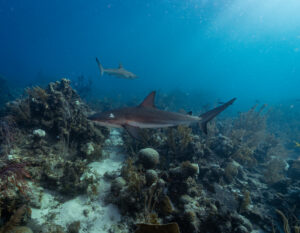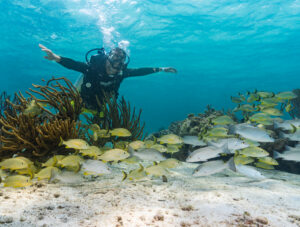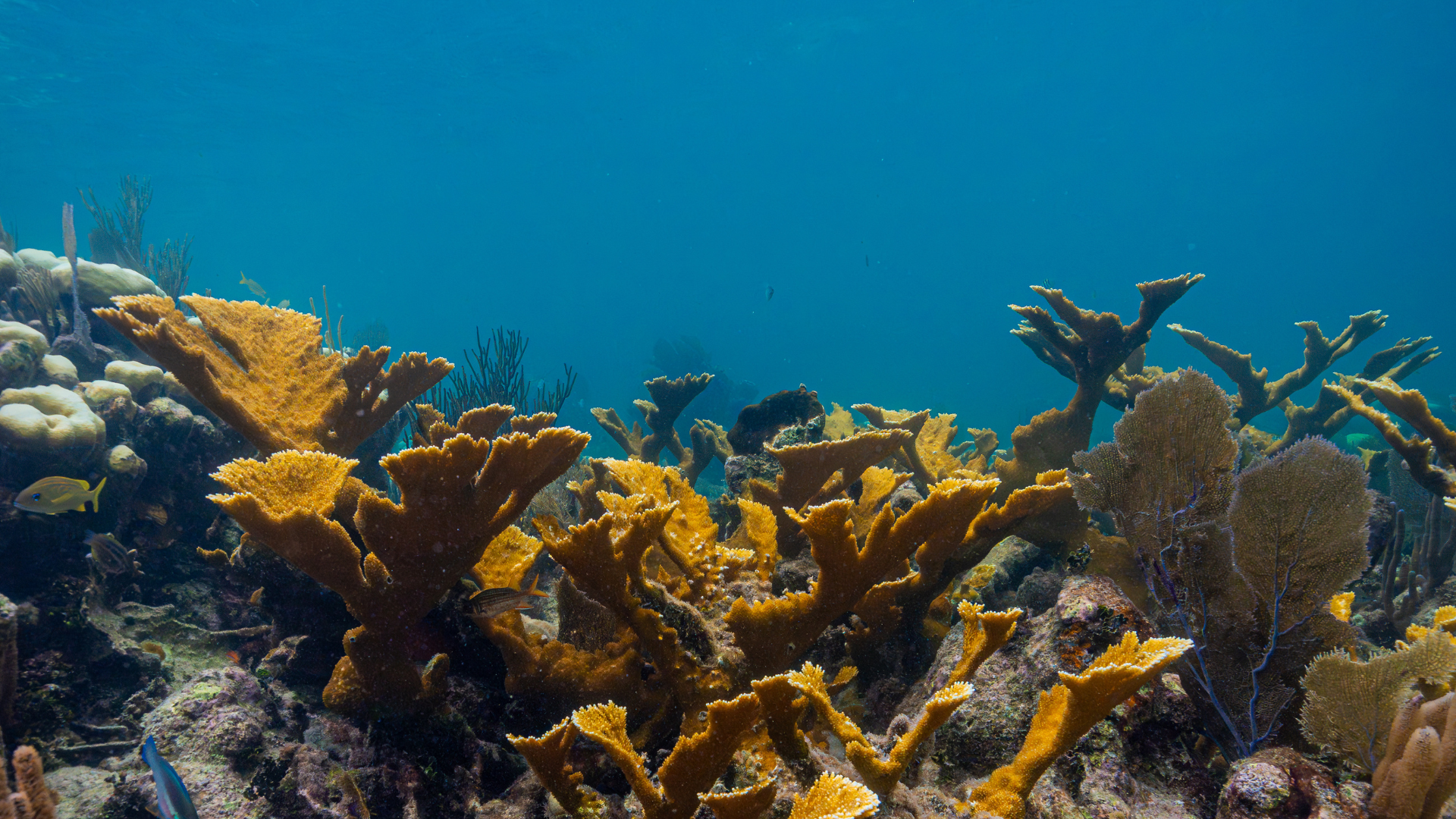
Scuba-centric Sojourns To Belize Can Double In Protecting Its Coral Reefs
Brimming with biodiversity, the Belize Barrier Reef is undoubtedly the crown jewel of the Western Caribbean, paralleling the country’s coastline with three of the hemisphere’s four total atolls! And scuba diving is the ultimate way to see it. Sure, the Great Blue Hole has been a beacon that calls novice and advanced scuba divers alike to the destination—but at 185 miles long, that great wall of coral entices with much more year-round.
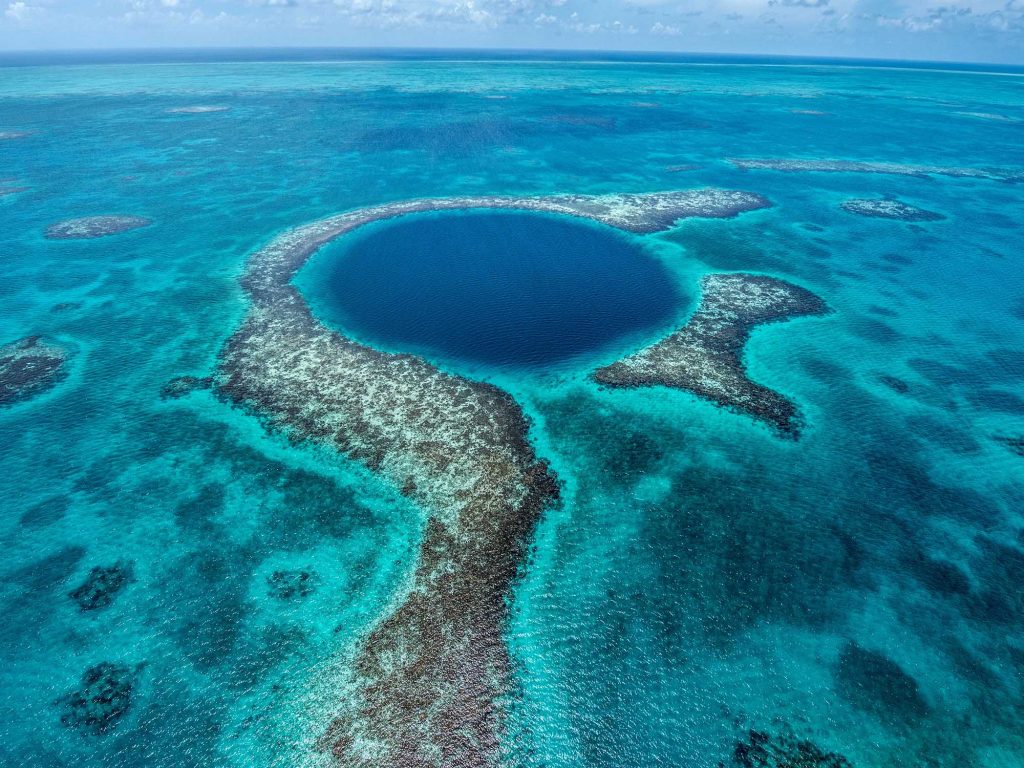
For the non-divers reading this that may be curious about getting certified as an Open Water diver while in Belize, we can describe likening the sport to underwater birdwatching: except instead of feathers, it’s queen angelfish in neon regalia, dainty seahorses hugging rope coral with their curlicue tails, and hawksbill sea turtles that couldn’t care less about your company! But with the reality that, worldwide, three-quarters of reefs are threatened by forces like climate change and pollution, why not double your impact with vital work like a volunteering vacation?
From north, central, and southern cayes to those stunning offshore atolls, here are three ways to return home with indelible memories of diving—and pride—in leaving the Belize Barrier Reef slightly better than you found it. After all, Belize did win Leading Dive Destination in the Mexico & Central America region at the Wоrld Тоurіѕm Аwаrdѕ 2022 while ranking high in the 2024 Scuba Diving Reader’s Choice Awards for overall value, wall diving, and health of our marine environment.
- Dare To Hunt On A Lionfish Derby On Your Next Dive
As an invasive species in the Caribbean Sea, the flowery-finned Lionfish is an inherent threat to marine ecosystems outside its native range: females can carry up to 30,000 eggs and may have thirty or more native fish or crustaceans in their stomachs alone. But when life gives you lionfish, you can help curb the population of this voracious eater—considering humans are one of its only natural predators! On your next dive, join a community-organized derby or fishing tournament commonly found in major coastal towns around major events, or simply request a hunt with your local dive operator. Armed with a pole spear in hand, eradicating one less lionfish from our Belizean waters is one greater chance at native fish populations recovering.
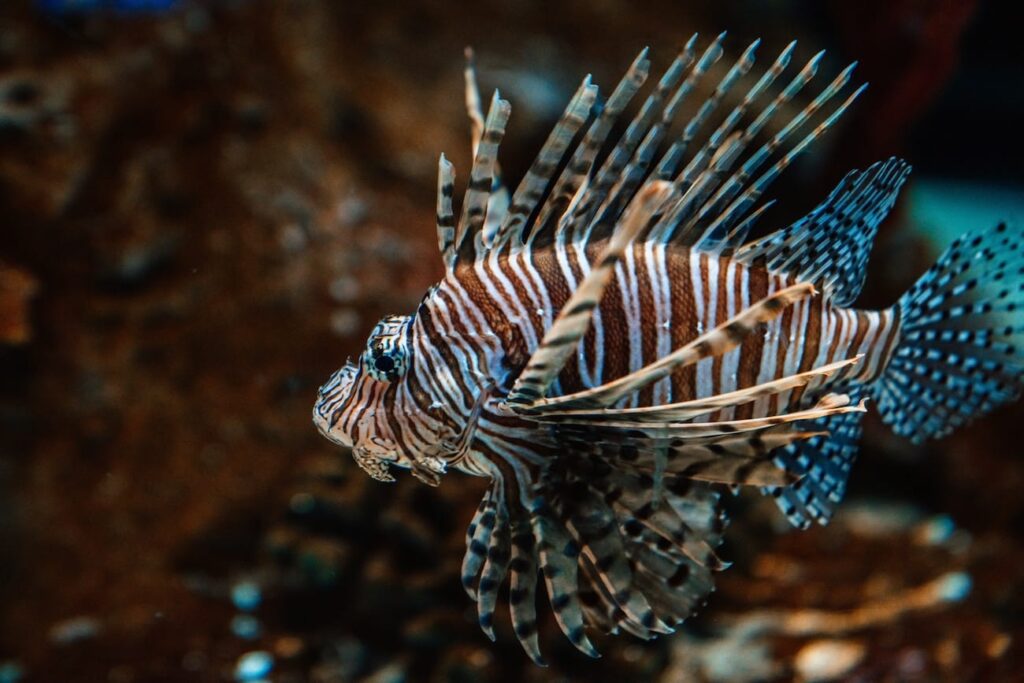
Dive operators like Splash Dive Center in Placencia and Reef Adventures in Ambergris Caye annually host their own tournaments, with numbers of over a thousand predatory lionfish removed by the event’s end! Not only is human intervention required for a real impact on reefs, but the entirety of the fish is put towards use: Splash Dive Center’s white-flesh catch of the day goes to Koi Sushi in Placencia for appetizers and sushi rolls, while its fins are saved to be processed as artisan jewelry by women-owned small businesses.
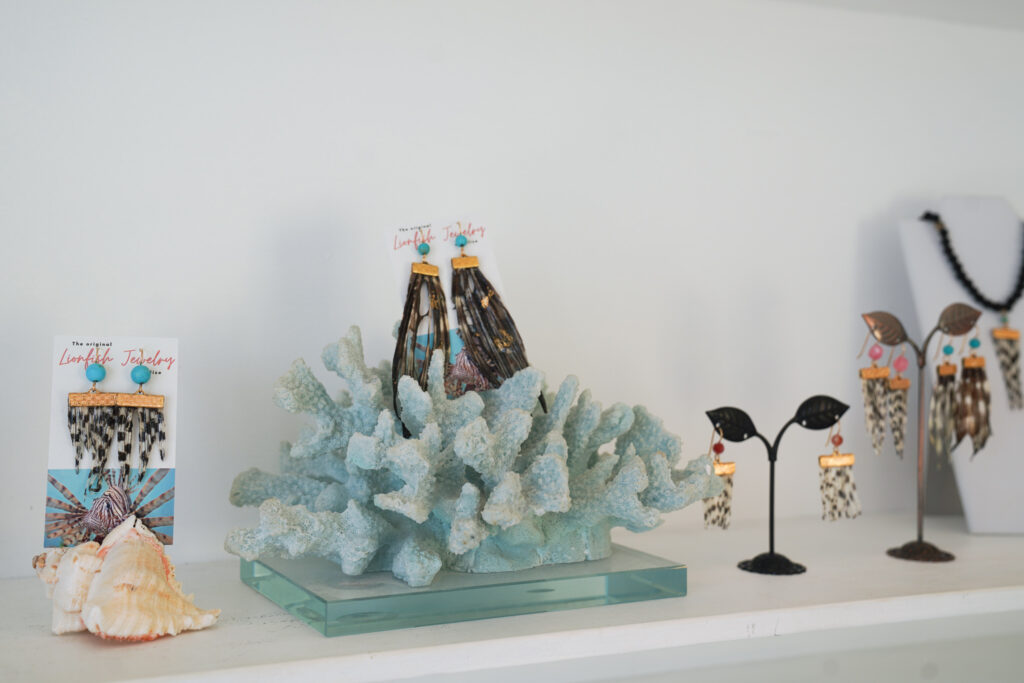
- Volunteer Your Time (And Skills) For Vital Coral Restoration Work
Nothing short of remarkable, the community-based organization Fragments of Hope (FoH) has single-handedly rewilded Belize’s reefs with adaptive strong coral that might survive in a rising warmer sea, thanks to local volunteers. So far, over 176,000 nursery-grown coral fragments have been effectively out-planted as a result in over seven different marine protected areas! Trained fishers, tour guides, and even FoH members have all lent a helping hand as newly minted reef renewal divers or snorkelers trained to handle—as lightly as possible—fragments of coral grown in submarine nurseries that, eventually, become affixed to frames on the ocean floor.
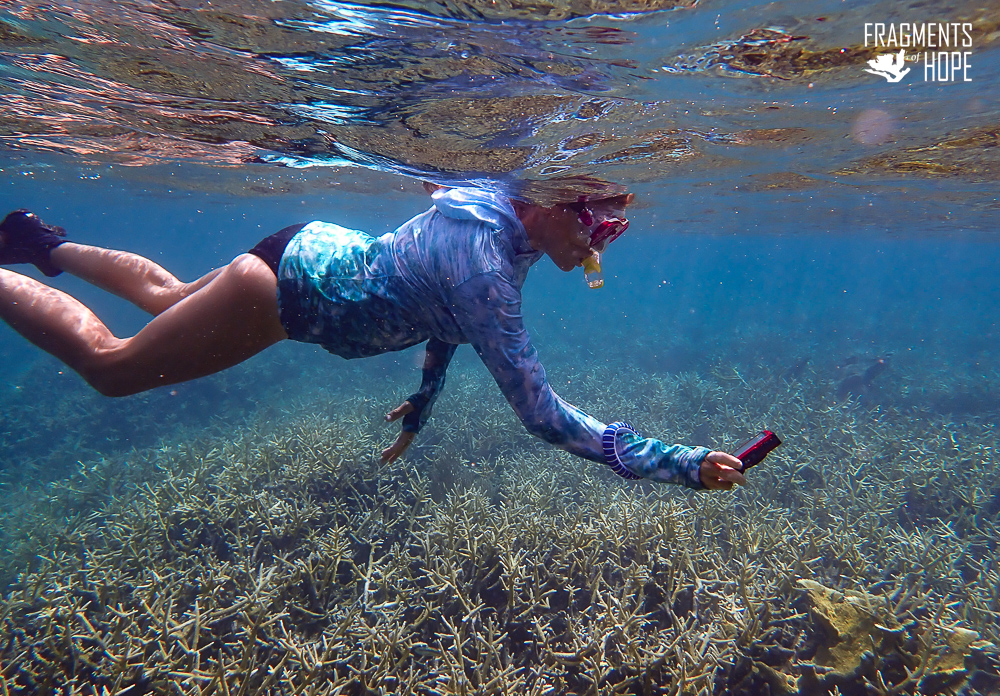
Offering an annual membership, you can join Fragments of Hope’s support crew as an Acropora, Diadema, or Chrysurus member—scientific names of three vital species to our Belize Barrier Reef—that provides volunteer or in-kind contribution to the work of FoH!
- Visit A Marine Protected Area (MPA) in Belize
We’ve made ocean conservation history before and we can again—with your help! Besides becoming the first Caribbean nation to ratify the high seas biodiversity treaty, Belize is also aiming to protect 30% of its oceans by 2030 while expanding the reef’s protected areas by more than 2,000 additional square miles by 2026. By visiting any of Belize’s 14 Marine Protected Areas (MPAs), your park fees are directly contributing to funding their conservation—whether you choose to scuba dive, snorkel, or simply sunlounge on the beach. Thanks to strict no-take zone protection or replenishment zone designations, Belize boasts over 100 varieties of prismatic coral, and 60+ named dive sites are remarkably well-preserved. Think of it as a spillover for everywhere else: those spotting fat-lipped groupers spawn and aggregate within before moving elsewhere, as does that rare hammerhead that might be patrolling the Blue Hole Natural Monument. With seven MPAs making up the Belize Barrier Reef Reserve System (BBRRS), it’s no wonder UNESCO inscribed BBRRS as a World Heritage Site in 1996!
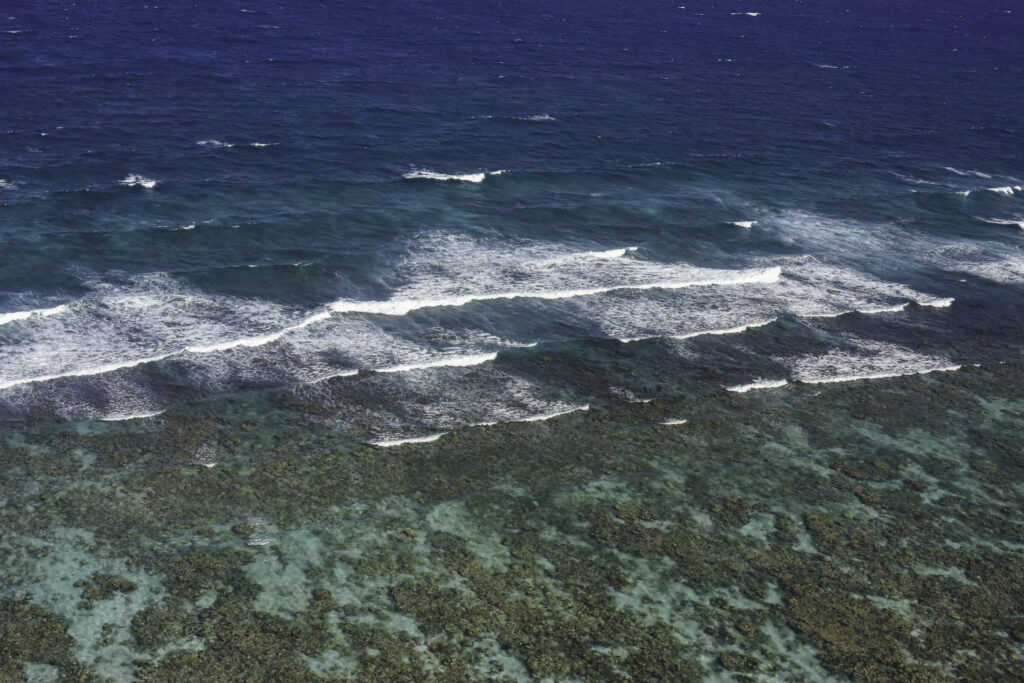
Traveling with non-snorkelers and scuba divers? We’ve saved the best for last: every visitor to Belize contributes to the country’s 103 protected areas with a conservation tax, unlocking ecotourism to fund conservation and sustainable development.
How First-Timers Can Save Time Before You Get Here
Leave the certification hours and classroom-style study to be done at home if your vacation time is limited! Maximize your #outofoffice in Belize by powering through the 15 hours of online learning and 10 hours of confined-water training that’ll allot you a maximum depth of 60 feet. That way, you can get your feet wet (pun intended) in no time, ascending over acres of elkhorn coral and doing drift dives next to dolphins.
